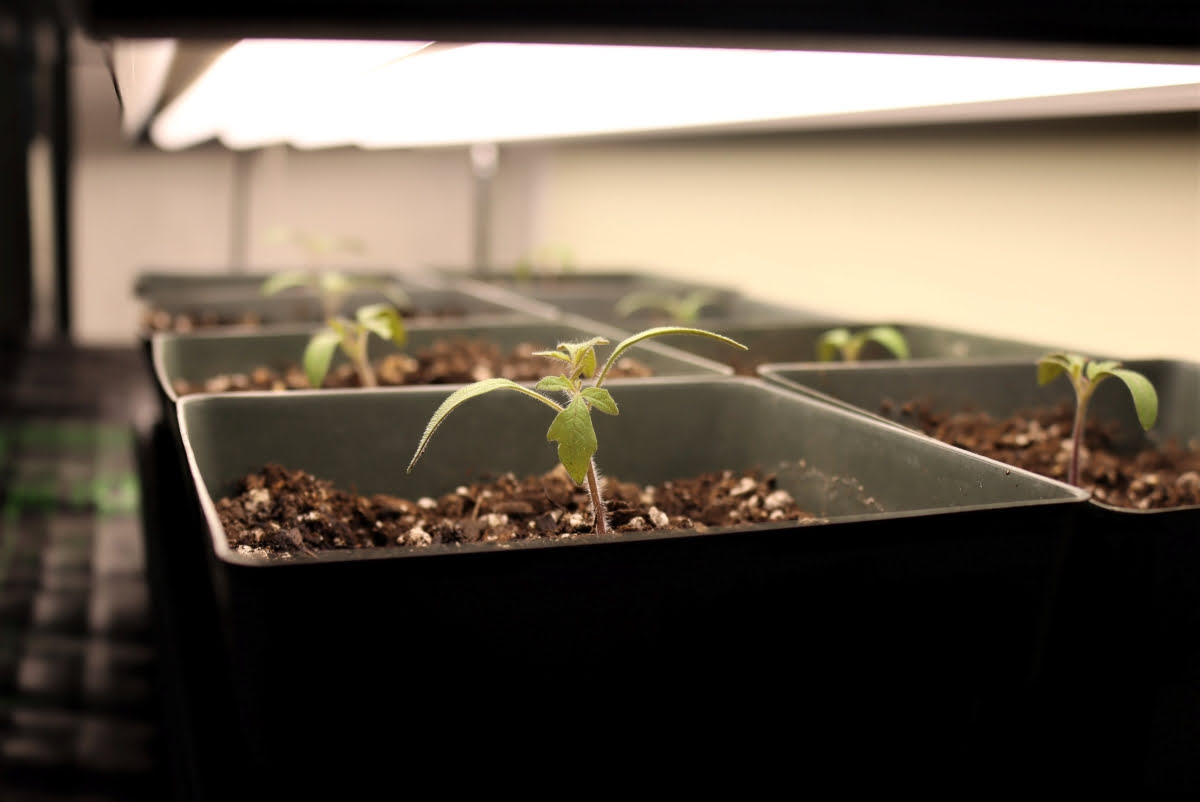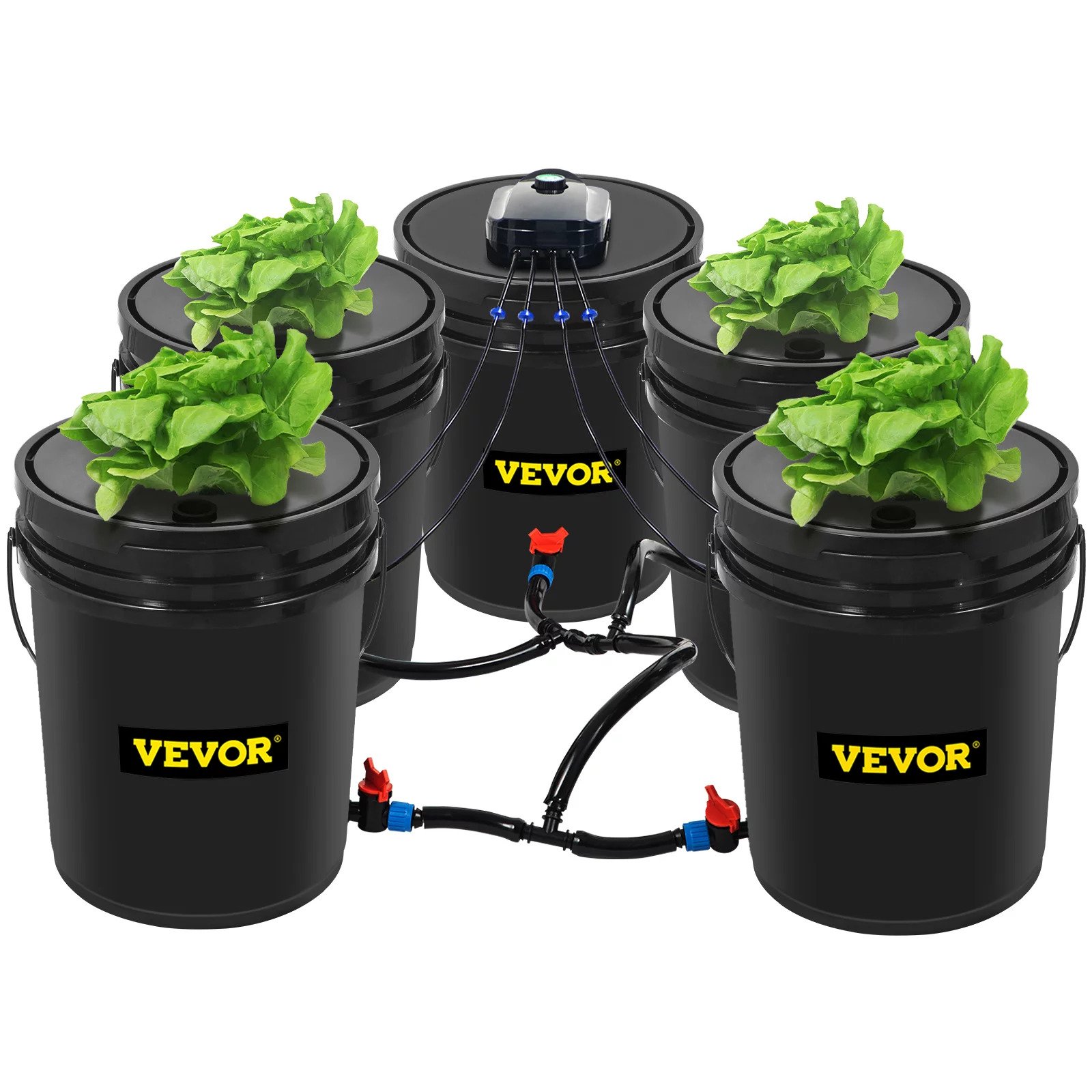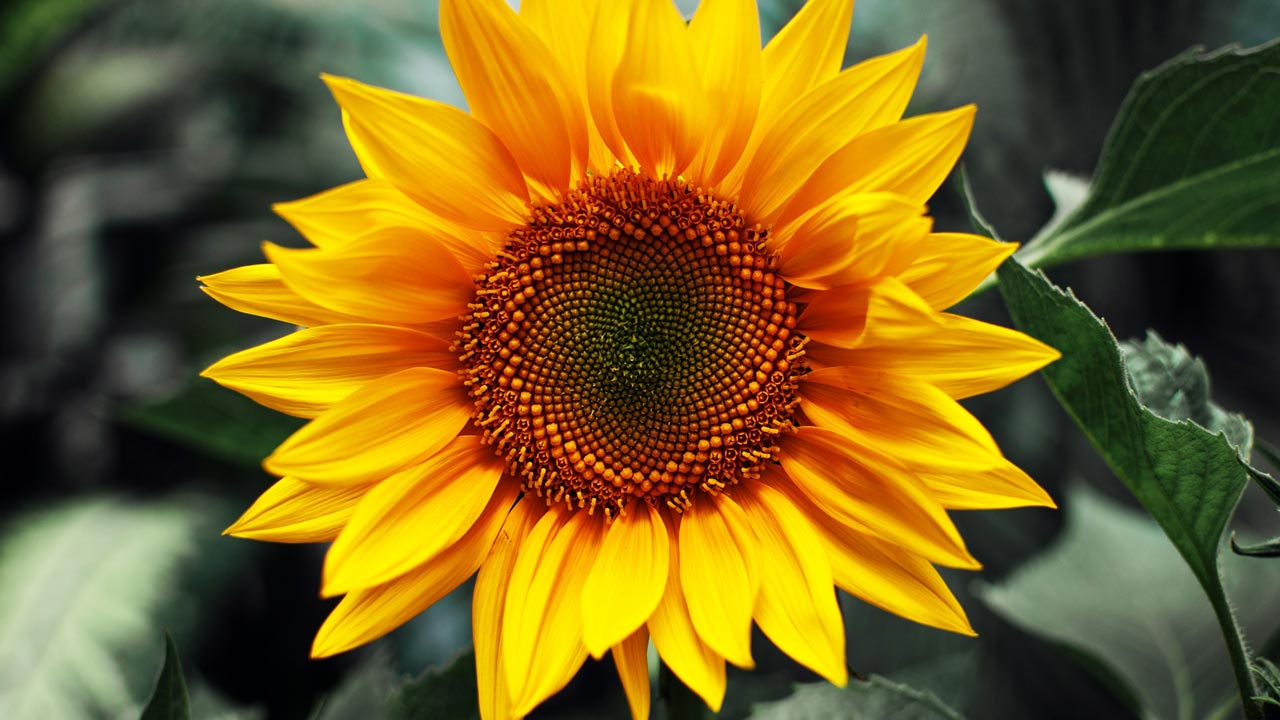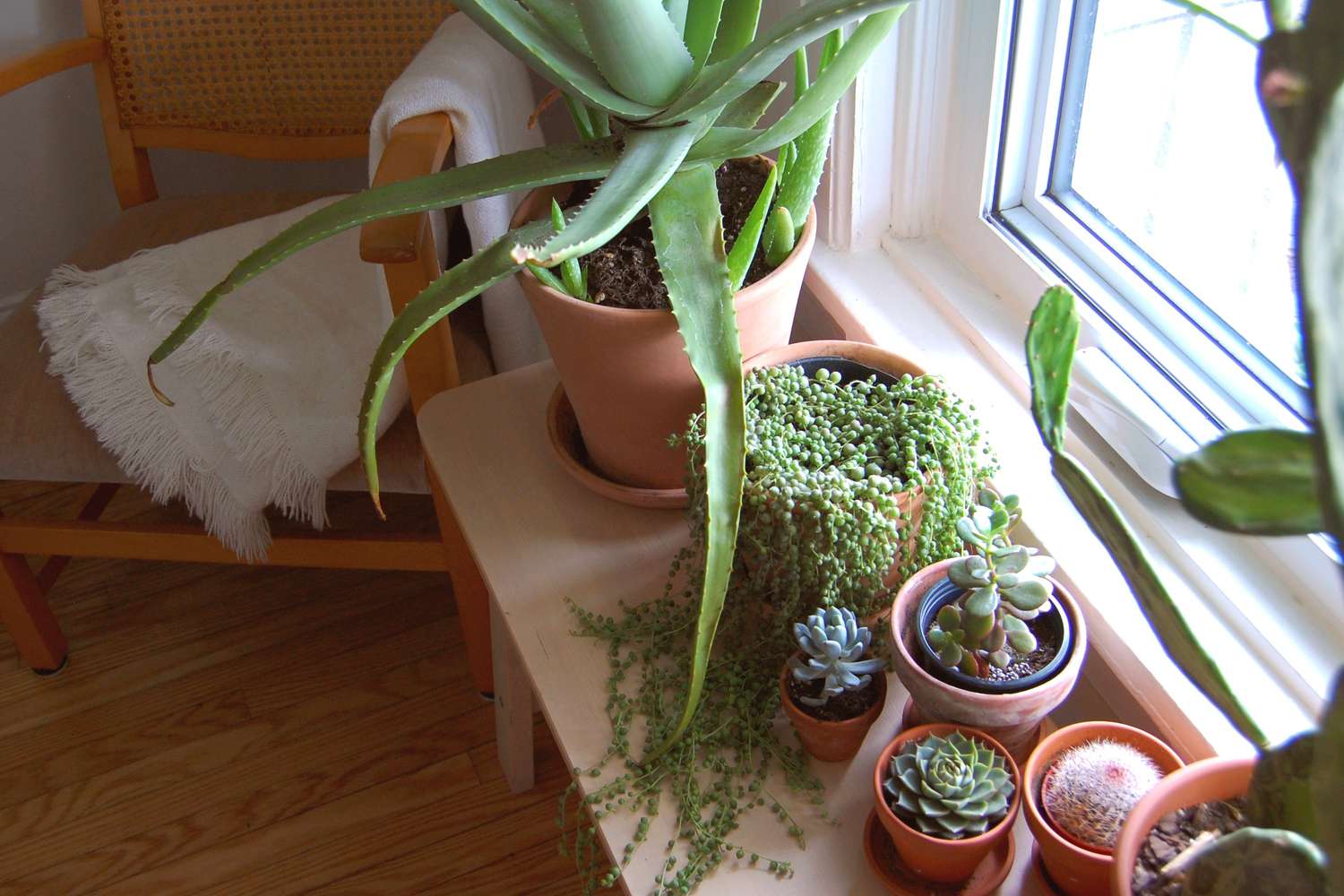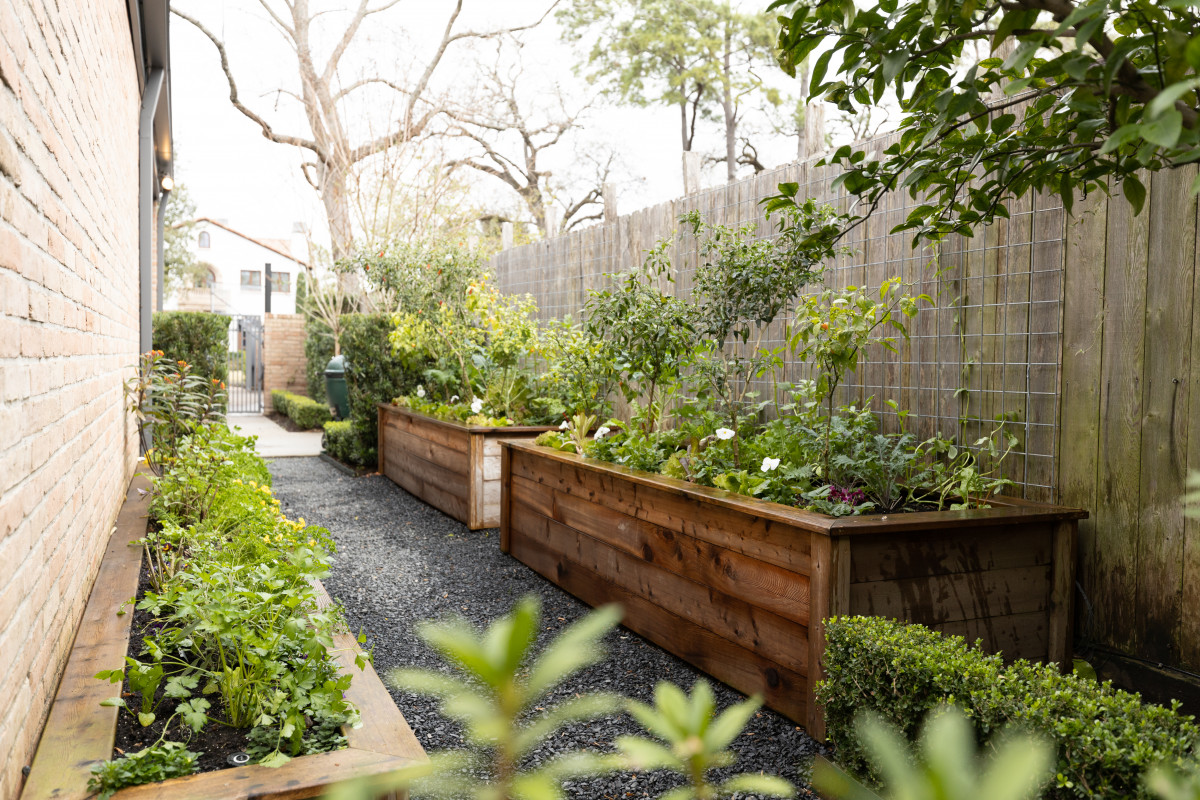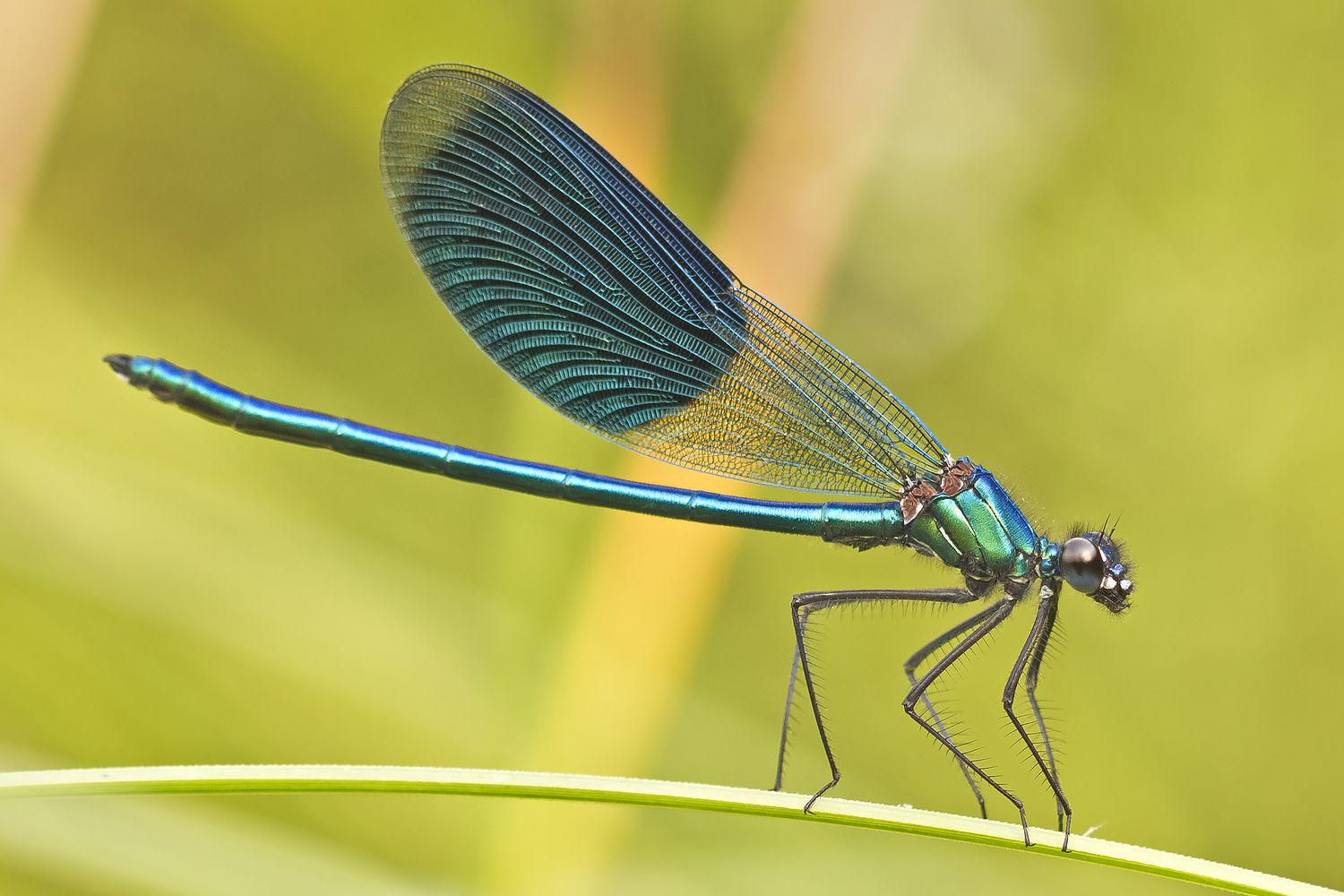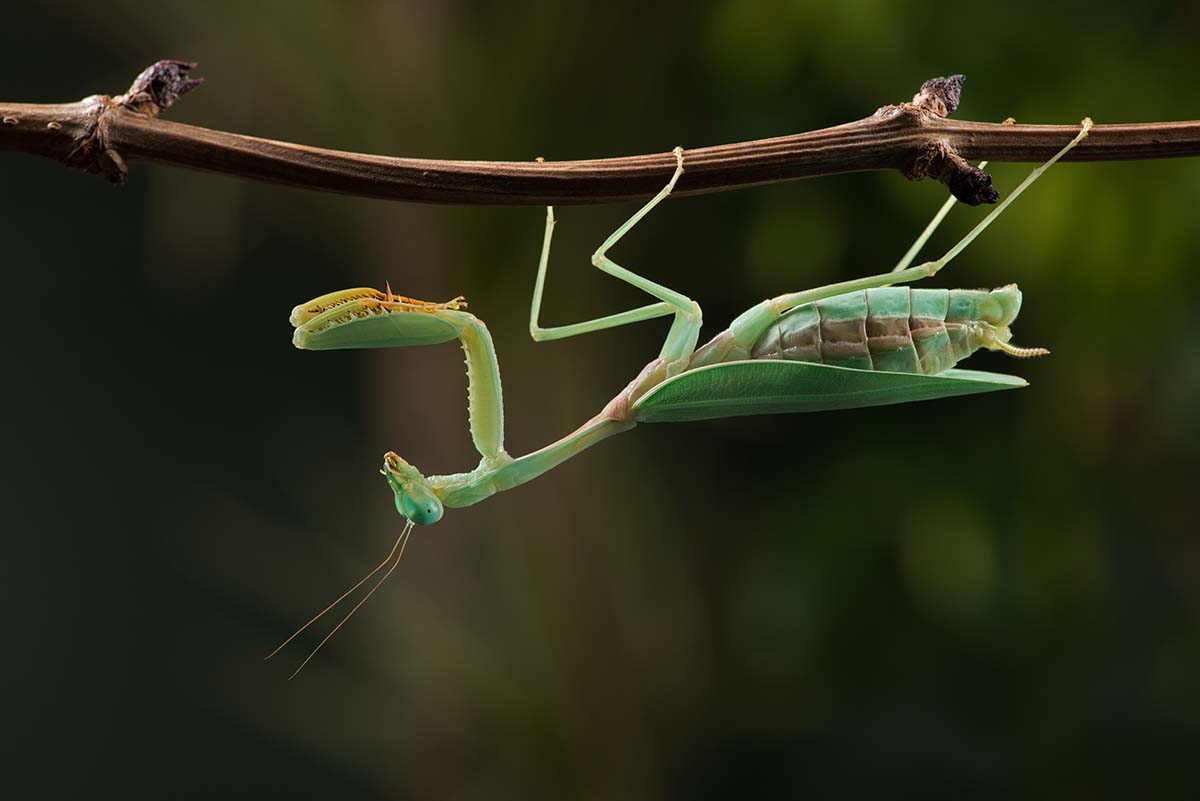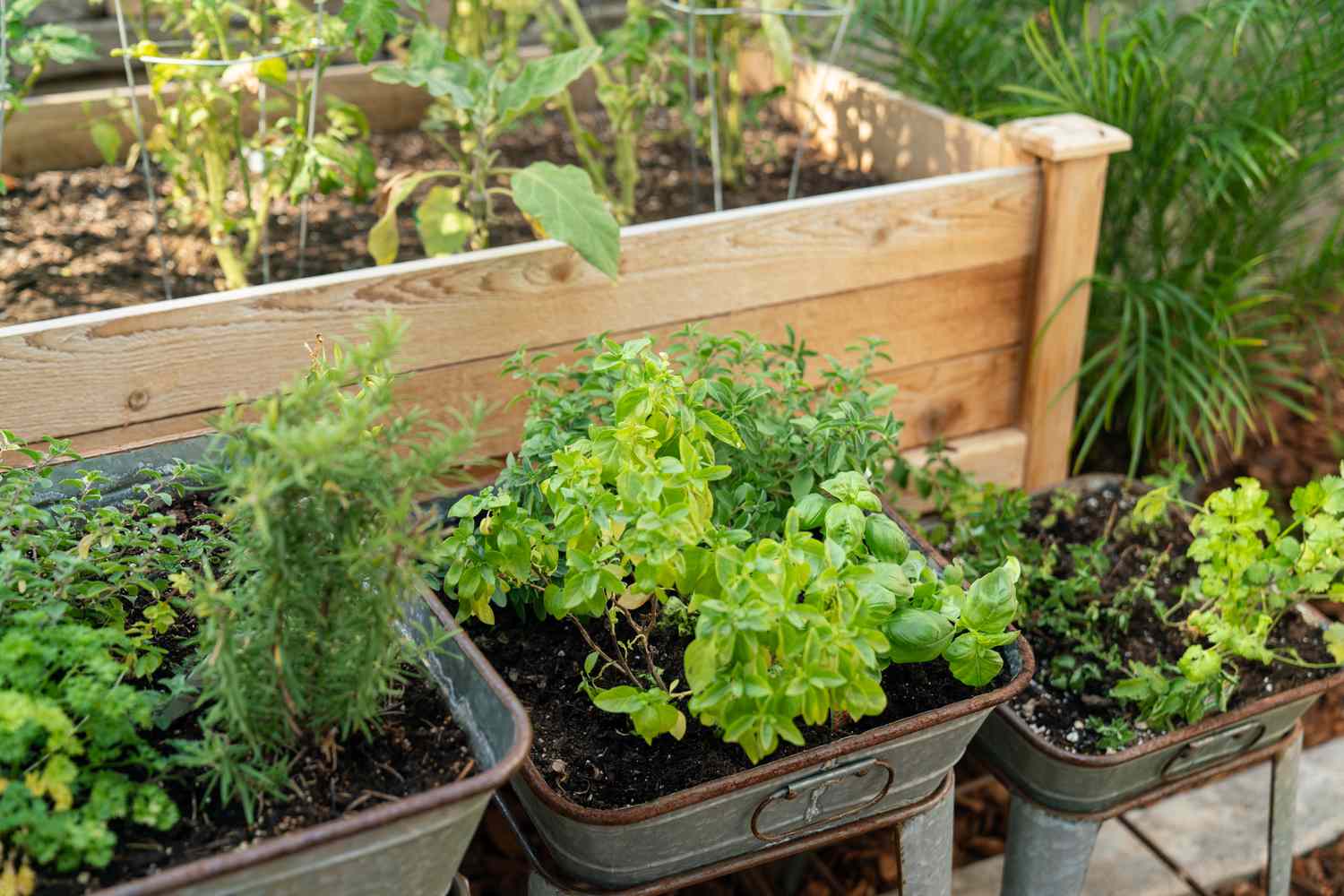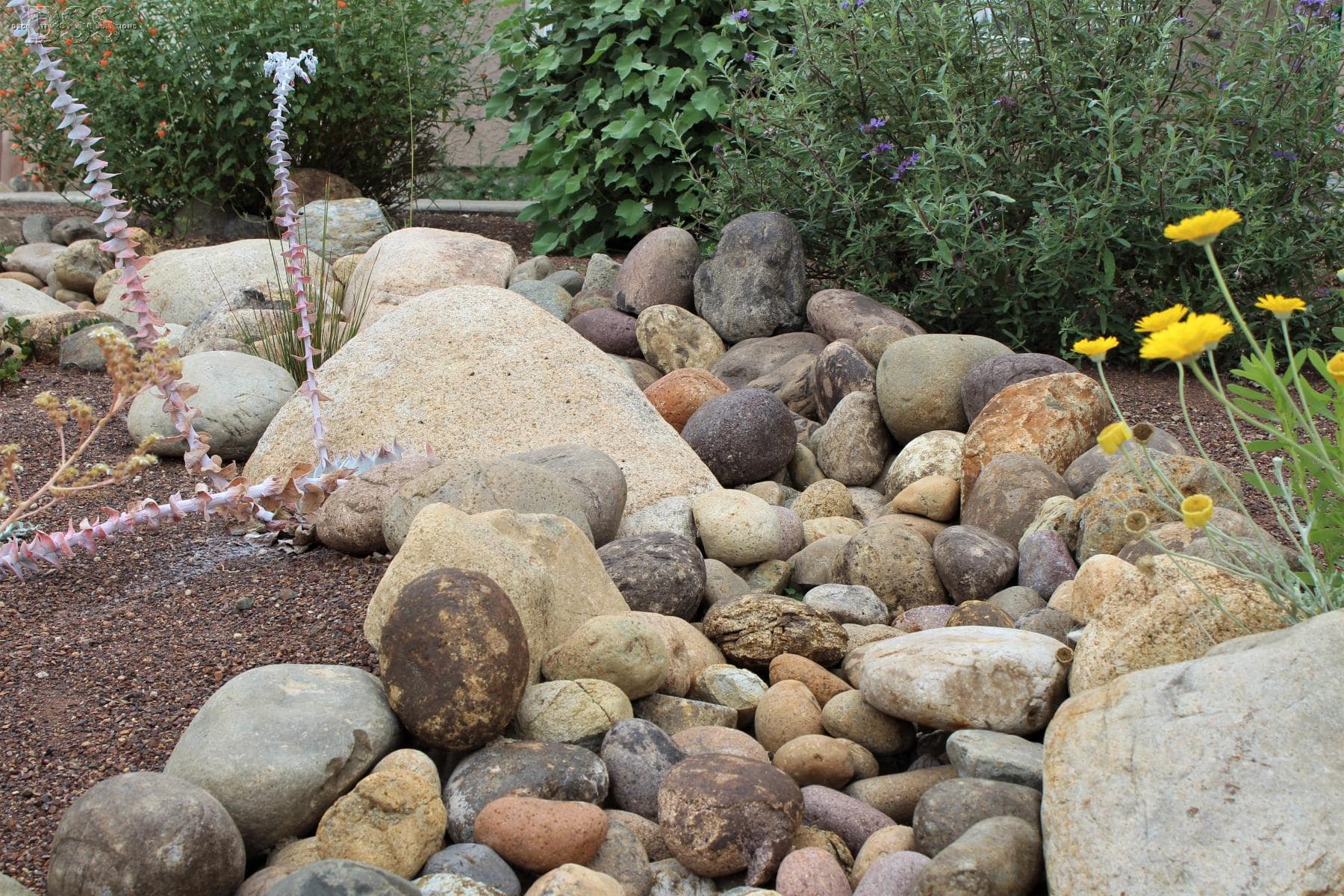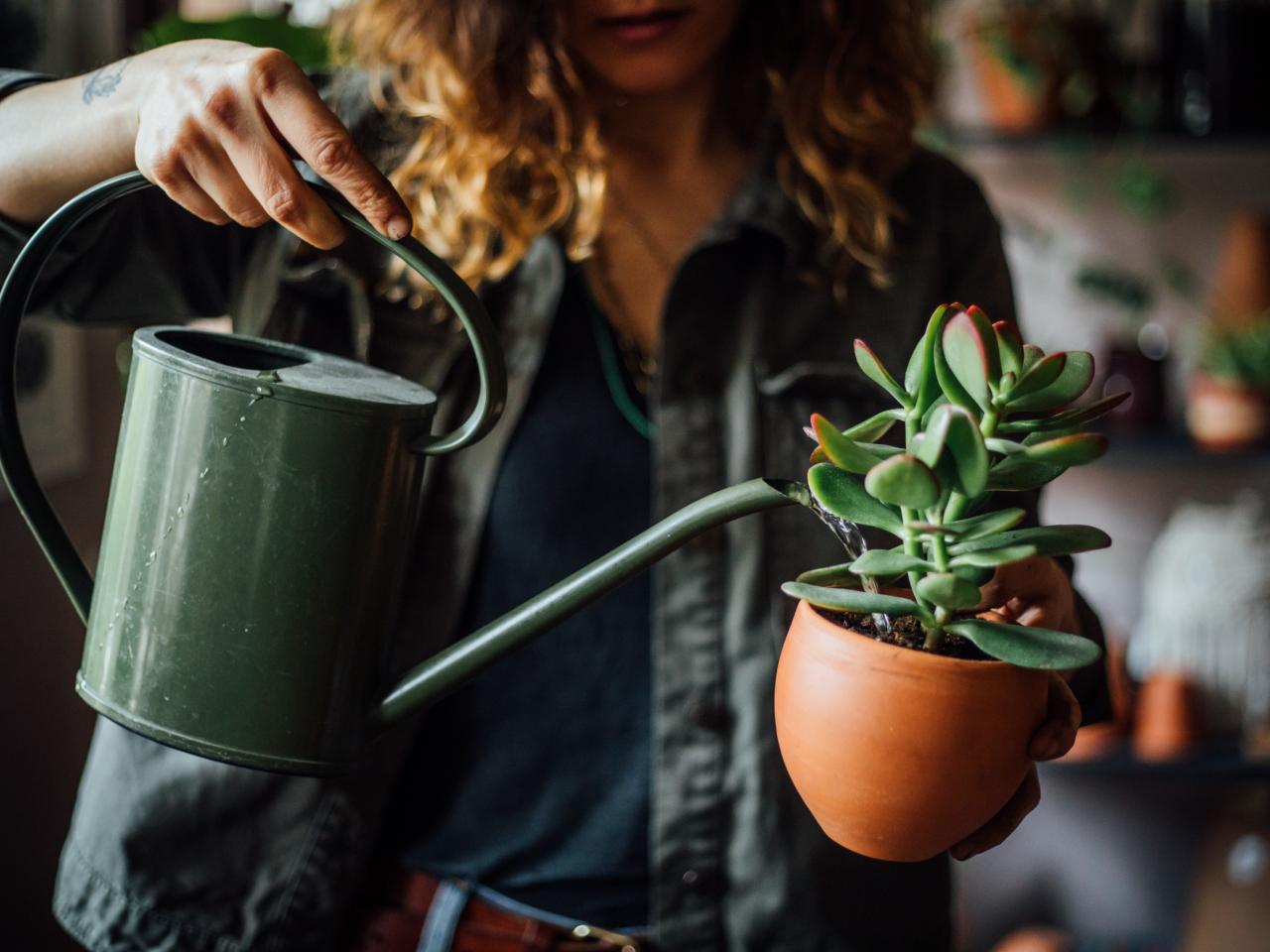Home>Types of Gardening>Edible Gardening>How Many Lumens Do Seedlings Need
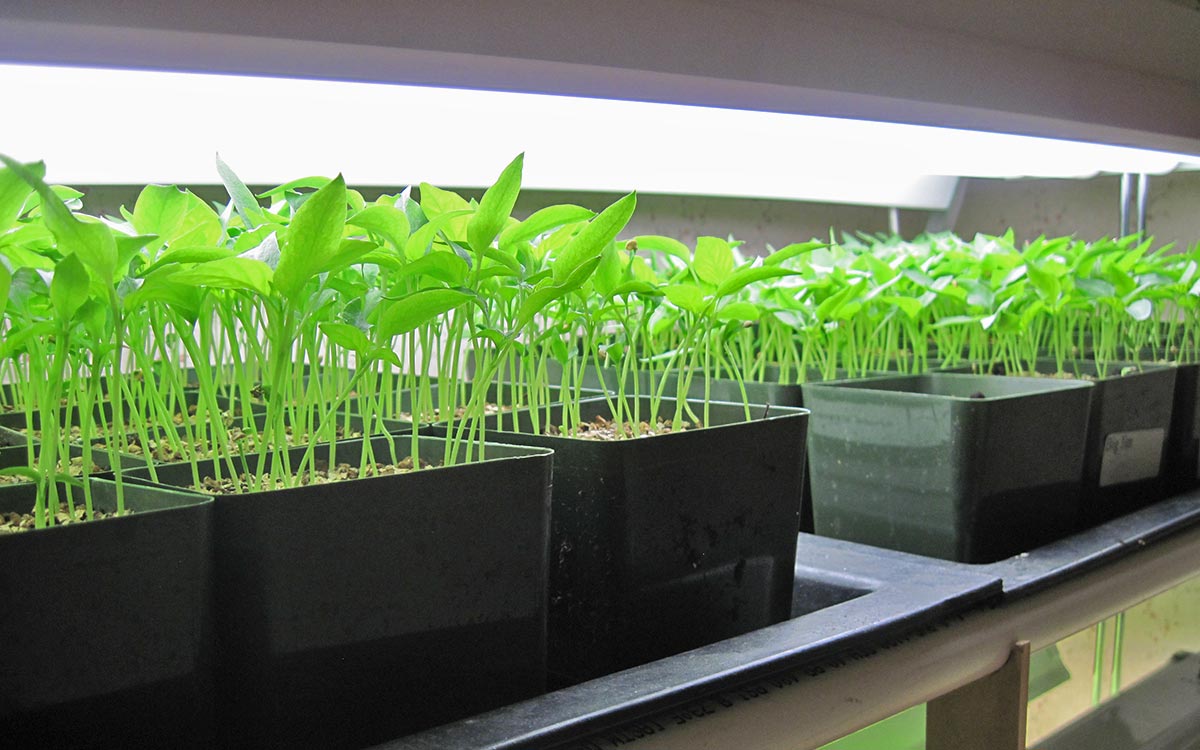

Edible Gardening
How Many Lumens Do Seedlings Need
Modified: January 22, 2024
Discover the optimal lumen requirements for seedlings in your edible gardening journey. Learn how to provide the right light for healthy plant growth.
(Many of the links in this article redirect to a specific reviewed product. Your purchase of these products through affiliate links helps to generate commission for Chicagolandgardening.com, at no extra cost. Learn more)
Table of Contents
Introduction
Starting seeds indoors is a rewarding and cost-effective way to jump-start your garden. However, ensuring that your seedlings receive adequate light is crucial for their healthy development. Light plays a pivotal role in photosynthesis, the process by which plants convert light energy into chemical energy, enabling them to grow and thrive. In this article, we will delve into the world of lumens and explore the optimal lighting conditions for seedlings.
Ensuring that your seedlings receive the right amount of light is essential for their growth and development. Light affects the way plants grow, including their overall health, leaf size, stem length, and flowering. Without adequate light, seedlings can become leggy and weak, making them more susceptible to disease and less likely to thrive when transplanted outdoors.
Understanding the lighting needs of your seedlings and providing the appropriate amount of lumens can significantly impact their success. By demystifying the concept of lumens and shedding light on the recommended lighting requirements for seedlings, you can set your indoor garden up for success.
In the following sections, we will explore the importance of light for seedlings, demystify the concept of lumens, discuss the recommended lumens for seedlings, and provide guidance on choosing the right light for your seedlings. Let's embark on this illuminating journey to ensure that your seedlings receive the light they need to flourish.
Importance of Light for Seedlings
Light is a fundamental factor in the growth and development of seedlings. In the absence of natural sunlight, indoor seedlings rely on artificial light sources to provide the energy necessary for photosynthesis. This process is essential for the production of carbohydrates, which serve as the building blocks for plant growth. Insufficient light can lead to weak, spindly seedlings with pale leaves, ultimately hampering their ability to thrive.
Seedlings require adequate light to develop sturdy stems and healthy leaves. Insufficient light can result in etiolation, a condition characterized by long, weak stems and small, pale leaves as the seedlings stretch in search of light. This not only compromises the structural integrity of the plants but also diminishes their ability to support robust foliage and flowers as they mature.
Furthermore, light influences the production of chlorophyll, the pigment responsible for the green color of plant leaves. Chlorophyll is vital for photosynthesis, enabling seedlings to convert light energy into chemical energy. Without ample light, the production of chlorophyll is hindered, impeding the seedlings’ capacity to generate the nourishment needed for growth.
Additionally, light exposure plays a role in regulating the circadian rhythms of plants, influencing their patterns of growth and rest. Adequate light encourages healthy, balanced growth, while insufficient light can disrupt these rhythms, leading to developmental issues in seedlings.
Understanding the significance of light for seedlings underscores the importance of providing optimal lighting conditions for indoor cultivation. By recognizing the impact of light on the growth, structure, and metabolic processes of seedlings, gardeners can take proactive measures to ensure that their plants receive the light they need to thrive.
Understanding Lumens
Lumens are a measure of the total amount of visible light emitted by a light source. This metric provides valuable insight into the brightness of a light source and its capacity to illuminate a given area. When it comes to seedlings, understanding lumens is essential for determining the appropriate light intensity to support their growth.
It’s important to note that different plants have varying light requirements, and seedlings, in particular, necessitate sufficient lumens to foster healthy development. As a general guideline, the higher the lumen output, the greater the light intensity, which can be beneficial for promoting robust growth in seedlings.
When selecting lighting for seedlings, it’s crucial to consider the specific lumen requirements of the plant species being cultivated. While some seedlings may thrive under moderate light intensity, others, such as sun-loving vegetables and herbs, may require higher lumen levels to support their photosynthetic processes effectively.
Moreover, understanding lumens empowers gardeners to assess the coverage area of a light source, ensuring that it can adequately illuminate the entire seedling tray or growing space. By considering the lumen output and the recommended coverage area, growers can strategically position their light sources to provide uniform illumination, optimizing the conditions for seedling growth.
By grasping the concept of lumens and its significance in determining light intensity, gardeners can make informed decisions when selecting lighting solutions for their indoor seedlings. This understanding enables them to tailor the light environment to meet the specific needs of their seedlings, ultimately contributing to healthier and more vigorous plant growth.
Recommended Lumens for Seedlings
When it comes to providing optimal lighting for seedlings, understanding the recommended lumen levels is crucial for promoting healthy growth. While the ideal lumen requirements can vary depending on the plant species and stage of growth, certain guidelines can serve as valuable benchmarks for indoor seedling cultivation.
For most common vegetable and flower seedlings, a lumen range of 2000 to 3000 is generally recommended during the early stages of growth. This level of light intensity supports robust photosynthesis and encourages sturdy, compact growth, helping to prevent leggy or weak seedlings.
Seedlings that are destined for sun-loving outdoor environments, such as tomatoes, peppers, and basil, benefit from higher lumen levels, typically ranging from 3000 to 5000 lumens. Providing this elevated light intensity mimics the radiant energy of direct sunlight, empowering these seedlings to develop strong, well-branched structures and vibrant foliage.
It’s important to note that as seedlings mature and transition to the stage of active growth, their lumen requirements may increase to accommodate their heightened metabolic demands. By adjusting the light intensity in accordance with the developmental stage of the seedlings, growers can sustain optimal conditions for healthy and vigorous plant growth.
Understanding the recommended lumen levels for seedlings equips gardeners with the knowledge to tailor their lighting setups to meet the specific needs of their plants. By providing the appropriate light intensity based on the stage of growth and the light requirements of the plant species, growers can foster resilient and thriving seedlings, setting the stage for successful transplantation and bountiful harvests.
Choosing the Right Light for Seedlings
When selecting lighting for indoor seedlings, several factors should be considered to ensure that the chosen light source meets the specific needs of the plants. Understanding the characteristics of different types of lights and their suitability for supporting seedling growth is essential for creating an optimal indoor growing environment.
Fluorescent lights, particularly T5 and T8 fixtures, are popular choices for illuminating seedlings. These lights provide a balanced spectrum that supports photosynthesis and encourages sturdy growth. They are energy-efficient and emit low heat, making them suitable for maintaining consistent light levels in a confined indoor space. T5 fixtures, in particular, offer high lumen output, making them well-suited for promoting robust seedling development.
LED (light-emitting diode) grow lights are another viable option for nurturing seedlings. LED lights are energy-efficient, durable, and capable of providing a tailored light spectrum optimized for plant growth. With their adjustable intensity and spectrum settings, LED grow lights offer versatility, allowing growers to customize the light conditions to suit the specific requirements of their seedlings.
It’s important to consider the color temperature of the light source, as it influences the quality of light emitted. For promoting seedling growth, lights with a color temperature in the range of 5000 to 6500 Kelvin, which corresponds to a cool white to daylight white hue, are ideal. This color temperature range closely mimics the natural daylight spectrum, providing the balanced light necessary for robust photosynthesis and healthy seedling development.
Additionally, the coverage area of the light source should align with the size of the seedling trays or growing space. Ensuring that the light adequately covers the entire area prevents uneven growth and ensures that all seedlings receive the necessary light intensity for their development.
By carefully selecting the right light source and considering factors such as light spectrum, intensity, and coverage, growers can create an optimal lighting environment for their indoor seedlings. This thoughtful approach to lighting selection sets the stage for strong, healthy seedling growth, paving the way for successful transplanting and thriving garden yields.
Conclusion
Understanding the lighting needs of seedlings is pivotal for successful indoor cultivation. By recognizing the importance of light for seedling growth and delving into the concept of lumens, gardeners can make informed decisions when selecting lighting solutions for their plants. The significance of providing optimal light intensity and spectrum becomes evident when considering the impact on photosynthesis, chlorophyll production, and overall plant development.
By adhering to recommended lumen levels and choosing suitable light sources, growers can create an environment that nurtures robust seedling growth. Whether opting for fluorescent fixtures or LED grow lights, the key lies in tailoring the light conditions to meet the specific requirements of the seedlings. This approach sets the stage for healthy, vigorous growth and primes the seedlings for successful transplantation and flourishing in outdoor settings.
As aspiring gardeners embark on their indoor seedling cultivation journey, the insights gained from understanding lumens and recommended lighting levels serve as valuable tools for fostering thriving plant growth. By harnessing the power of light and leveraging this knowledge, gardeners can cultivate resilient, healthy seedlings, laying the groundwork for a bountiful and rewarding gardening experience.
